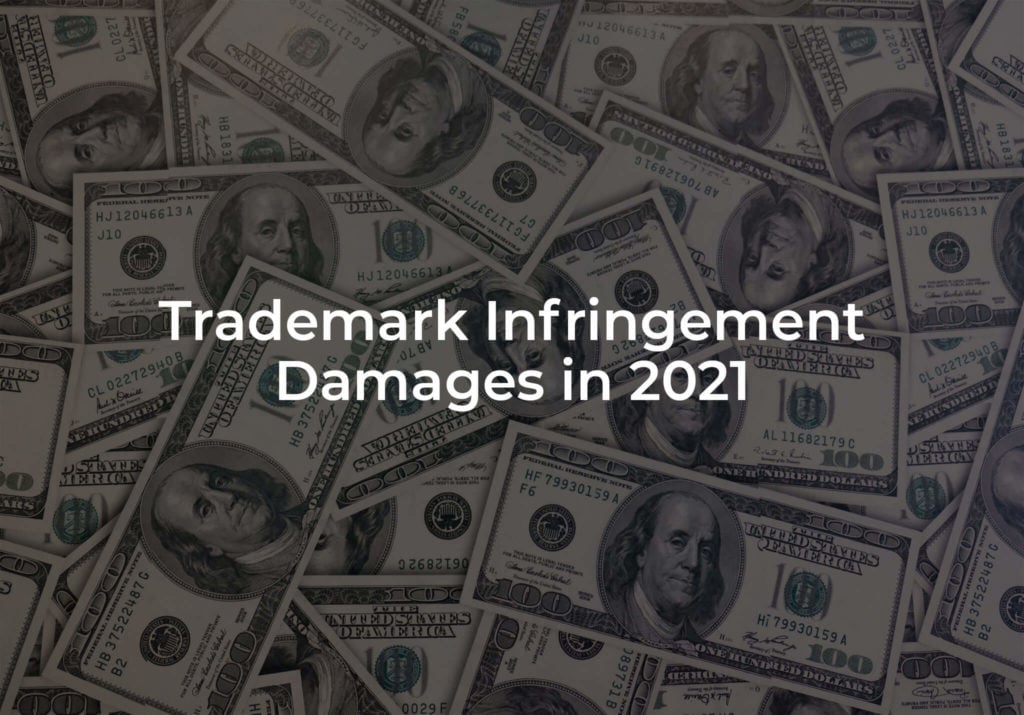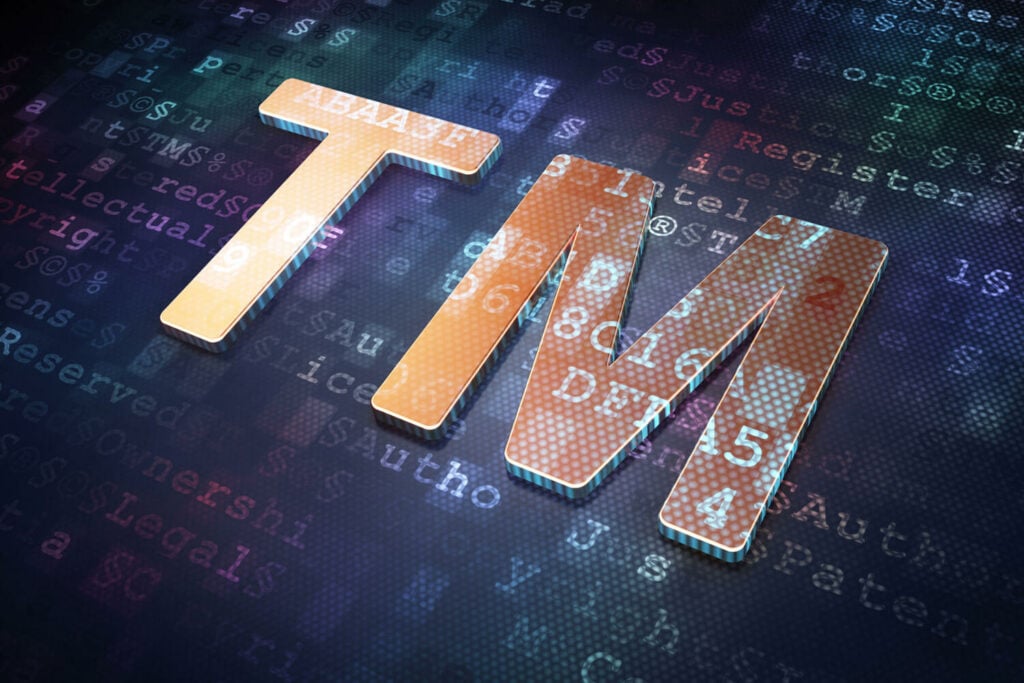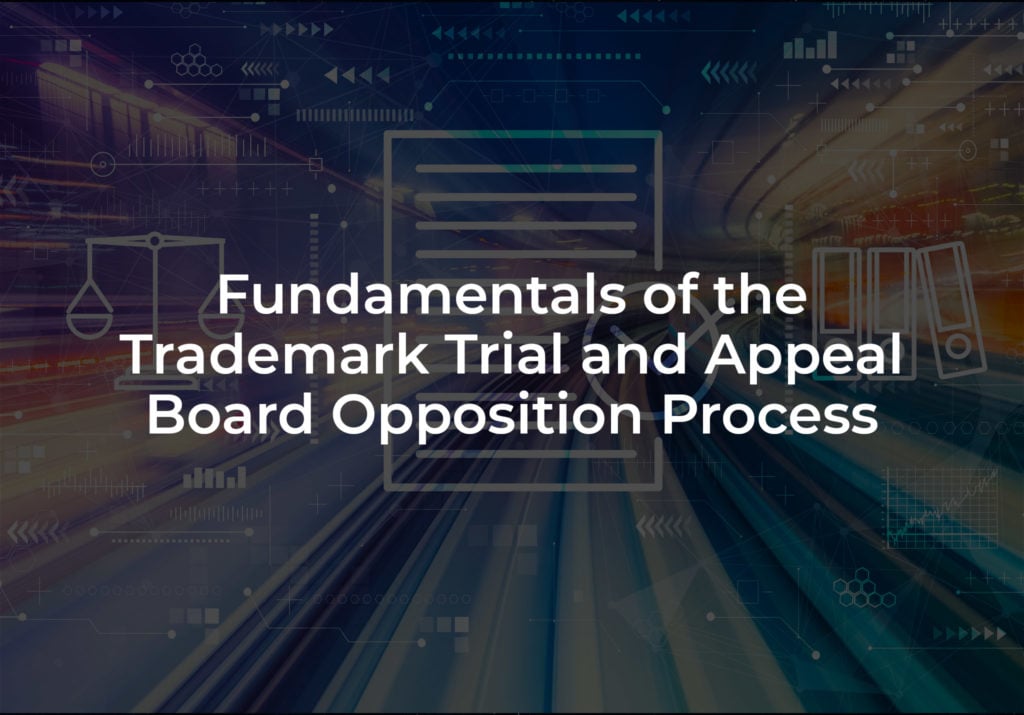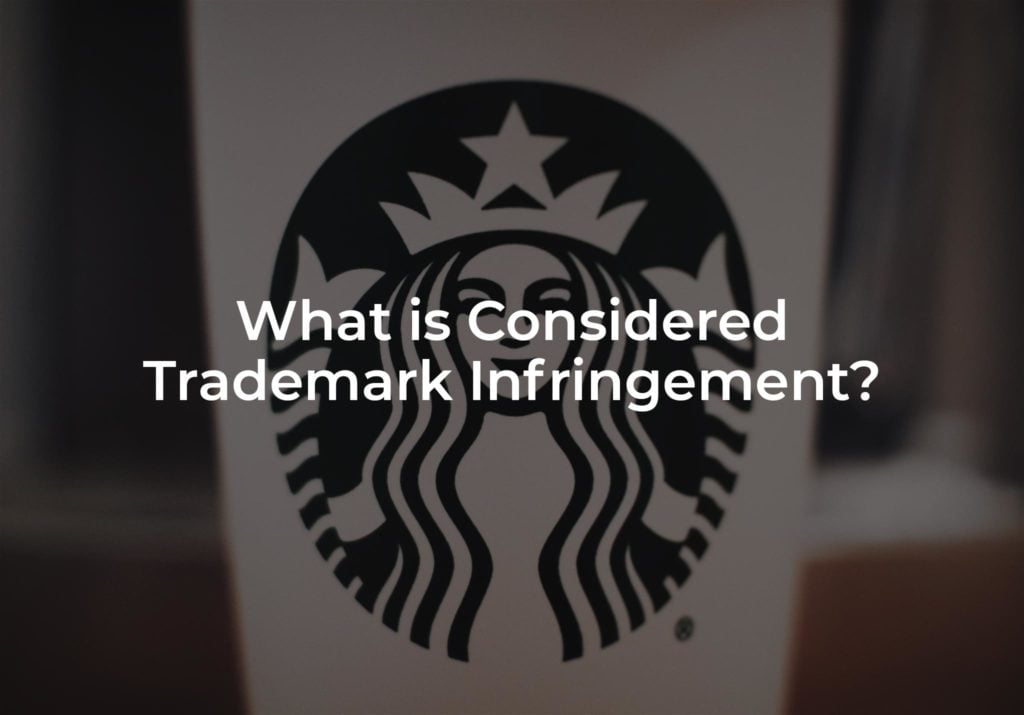As every business knows, their trademark symbolizes their brand identity and helps identify their products and services to their consumers. The more well-known a trademark becomes, the faster a connection is created within the minds of the consumers between a specific product or service and its origin. Building a brand is more than simply creating a flashy logo or well-placed advertisement, and businesses should expect the process may take several years before they can see a steady increase in both sales and brand identity; however, the hard work will pay off as your brand will not only define a customer’s perception of your business but protect your hard-earned reputation.
Simply acquiring federal registration of your trademark at the United States Patent and Trademark Office (USPTO) is not enough to prevent another party from compromising your brand’s integrity. As we continue to see in recent case filings, COVID-19 has forever changed the ways consumers shop, with over 60% of consumers leaving the traditional brick-and-mortar store experience for e-commerce marketplaces. As a result, claims of trademark infringement and counterfeiting have increased by more than 30% in the last year.
For businesses, the importance of brand enforcement not only leads to improved sales by removing infringing goods from the marketplace, but it can provide a means to recover losses in revenue, i.e trademark infringement damages. The first step is understanding what constitutes trademark infringement and what remedies are available under the Lanham Act.
Trademark Infringement Damages and The Lanham Act
The Lanham Act, also referred to as the Trademark Act of 1946, is the federal statute governing trademark law within the United States. The Lanham Act provides the framework for registration of trademarks at the USPTO, maintenance of registered trademarks, and provides federal causes of action and remedies for trademark infringement and the counterfeiting of goods. Although, the Lanham act does not normally preempt state common law trademark or unfair competition statutes, it does provide civil enforcement for:
- Infringement of a federally registered trademark;
- Counterfeiting of a federally registered trademark;
- False advertising, passing off, and unfair competition;
- Dilution of a federally registered trademark; and
- Cyberpiracy.
What is Trademark Infringement
Trademark infringement is the unauthorized use of a trademark on or in connection with goods or service that will likely cause confusion amongst consumers as to the source of goods or services and may be enforceable under several sections within the Lanham Act.
Remedies for Trademark Infringement Under the Lanham Act
Under the Lanham Act, the principal remedies for trademark infringement include injunctive, affirmative, and monetary relief, which provides both immediate and long-term remedies designed to stop the infringement and provide equitable relief.
Injunctive Relief
Federal courts may issue both preliminary and permanent injunctions, which are designed to maintain the status quo in trademark infringement cases by ordering the immediate cession of any continued infringing acts by the defendant. Injunctive relief is the most common remedy sought in trademark infringement cases where monetary relief is either inadequate or the damages may not be able to be calculated until the case progresses further.
While federal courts may differ slightly in applying their test for granting a preliminary injunction, generally a plaintiff filing a Motion for a Preliminary Injunction must show:
- A likelihood of success on the merits;
- A likelihood of irreparable harm to the plaintiff absent injunctive relief;
- A balance of hardship favoring the plaintiff; and
- It is in the best interest of the public that an injunction is issued.
A plaintiff seeking a preliminary injunction must be timely in filing their motion for as even a matter of week’s delay may create a rebuttal presumption that the plaintiff is not being irreparably harmed if they could delay seeking the injunction.
Affirmative Relief
In combination with an injunction, federal courts may require a defendant take affirmative measures to eliminate any continued infringement in the marketplace, such as by ordering product recalls, corrective advertising measures, disclaimers, and the destruction of any infringing articles.
The most common type of affirmative relief granted is the forfeiture and destruction of the infringing articles under 15 U.S.C. § 1118, which may extend to labels, signs, prints, packaging, advertisement, and wrappers bearing the registered mark or any counterfeit, reproduction, or copy, including any molds, plates, or means for making the infringing product or providing the service.
Monetary Relief
In addition to injunctive and affirmative relief, the Lanham Act grants federal courts the discretion to grant monetary damages for trademark infringement under 15 U.S.C. 117(a); however, monetary relief is not automatic, and federal courts have broad discretion in determining the amount of a monetary award. In many cases where injunctive relief is enough to satisfy the equities of the case, no monetary relief will be awarded; however, if in the court’s discretion monetary damages are justified, a prevailing party may recover:
- The defendant profits;
- Plaintiff’s monetary loses caused by the defendant’s infringement;
- Attorneys’ fees and costs (only in exceptional cases); and
- Prejudgment Interest.
Frequently, a plaintiff will seek an award of the defendant profits by arguing a sale gained by the infringing defendant equates to a sale lost by the plaintiff, but federal courts need to weigh the need to prevent the unjust enrichment by the defendant and future deterrence with the need to compensate the plaintiff. Under the Lanham Act, a plaintiff only needs to provide the defendant’s wrongful sales without proving an actual injury; although, some federal courts remain split on what sales may be excluded or whether the defendant’s sales are directly attributable to the plaintiff when calculating the damages.
A plaintiff may also prove damages by showing actual damages (and not just mere speculation) caused by the defendant’s infringement. Establishing actual damages requires a fair and reasonable assessment when calculating. Federal courts will consider factors such as losses in profits, royalties, goodwill, and rebranding when calculating an equitable award.
The Lanham Act and Attorneys’ Fees and Cost in Exceptional Cases
The Lanham Act further provides for a prevailing party to recover attorneys’ fees under 15 U.S.C. 1117(a) in “exceptional cases,” and courts will consider factors such as willfulness, malice, and fraud when authorizing such enhanced damages.
Civil Damages in Counterfeiting Cases
Trademark counterfeiting involves the production and sale of goods that are designed to be identical or substantially identical to the authentic products. These “knock offs” not only result in billions of dollars in losses to U.S. business but a serious threat to public health and safety as products including counterfeit drugs, food, and safety equipment are illegally imported into the United States. For the Lanham Act to be applicable, the counterfeit mark must be used on goods or with services that are intended to appear nearly identical to the those for which the mark is registered
The 1984 amendments to the Lanham Act provided trademark owners with enhanced damages and took a much more aggressive approach in trademark counterfeit litigation. A plaintiff in a trademark counterfeiting case may elect either actual damages or statutory damages under 15 U.S.C. 1117(c), which allows for greater potential recovery than other Lanham Act violations. Typically, a plaintiff will elect statutory damages where proving actual damages and profits is nearly impossible, as is frequently the case with counterfeit operations which often do not keep accurate sales records.
If statutory damages are elected, the court has the discretion to award between $1,000 and $200,000 or each type of good or service, sold, distributed, or offered for sale. If the plaintiff can further prove willfulness, the court award may increase the maximum damages award to $2 million dollars.
Treble Damages for Trademark Infringement
In cases where the Plaintiff elects actual damages and can establish willful counterfeiting of the mark, the court has the discretion to grant three times the calculated damages (i.e., treble damages), in addition to attorney’s fees and prejudgment interest. In cases with multiple defendants, a plaintiff generally may not recover multiple statutory damages awards, as the defendants are typically held jointly and severally liable for the single statutory amount.
Developing a Brand Enforcement Strategy
In today’s marketplace, every business should be developing a brand enforcement strategy to safeguard against infringement. Understanding when and how best to protect a brand is essential for achieving each of a business’s goals. Unfortunately, many businesses do not realize that the costs of litigation may exceed the monetary damages that can be recovered.
The Rapacke Law Group understands the challenges of growing a business while protecting its most valuable assets. We work closely with our clients on a fixed fee basis to not only protect their brand but help them develop a customized brand enforcement strategy. If you have questions, our trademark attorneys are here to answer any questions and advise you on the best ways to register and enforce your trademark. Just schedule a free consultation to get started.




